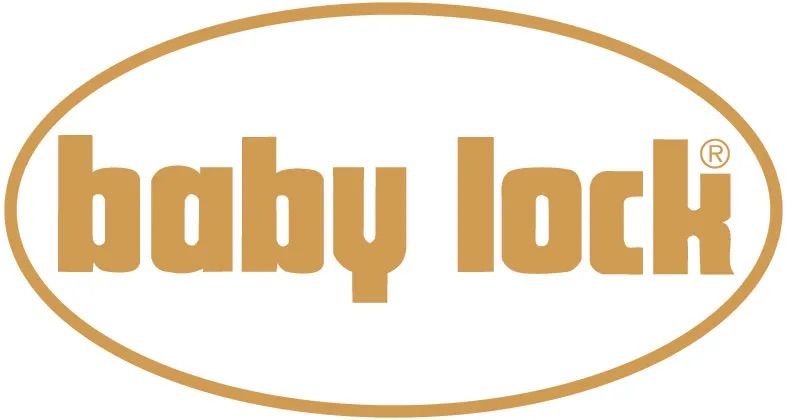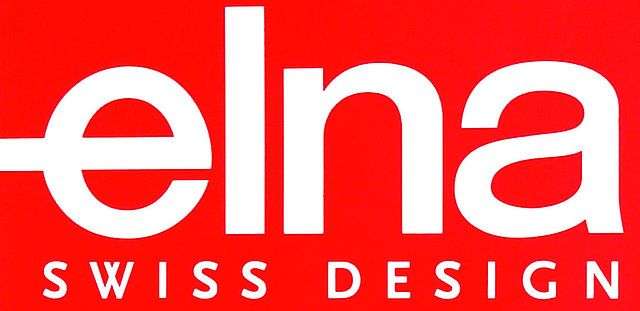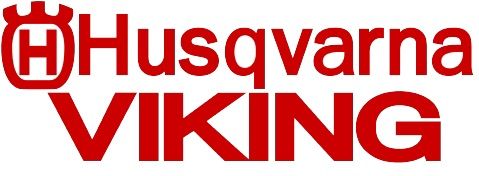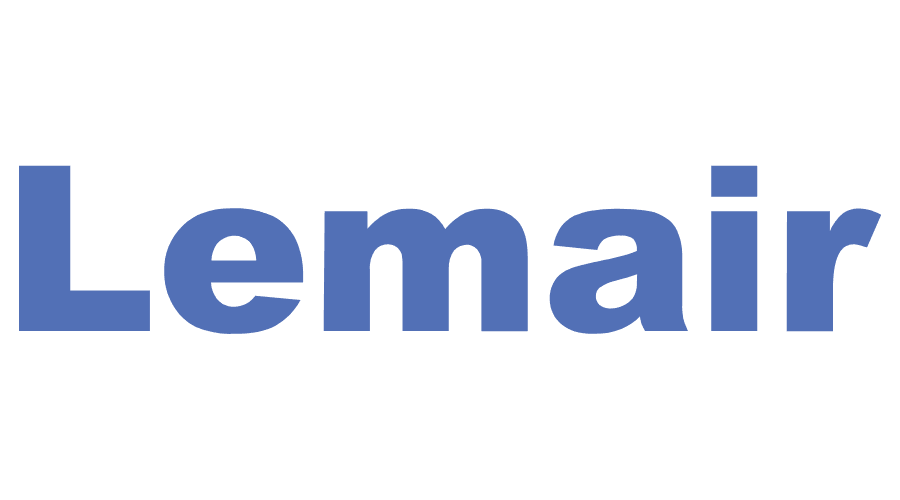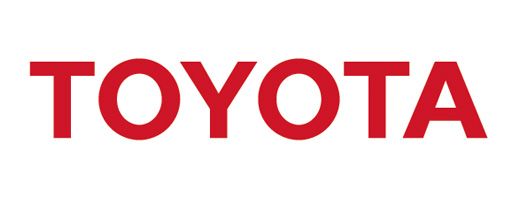Sewing Machines
May 3, 2018
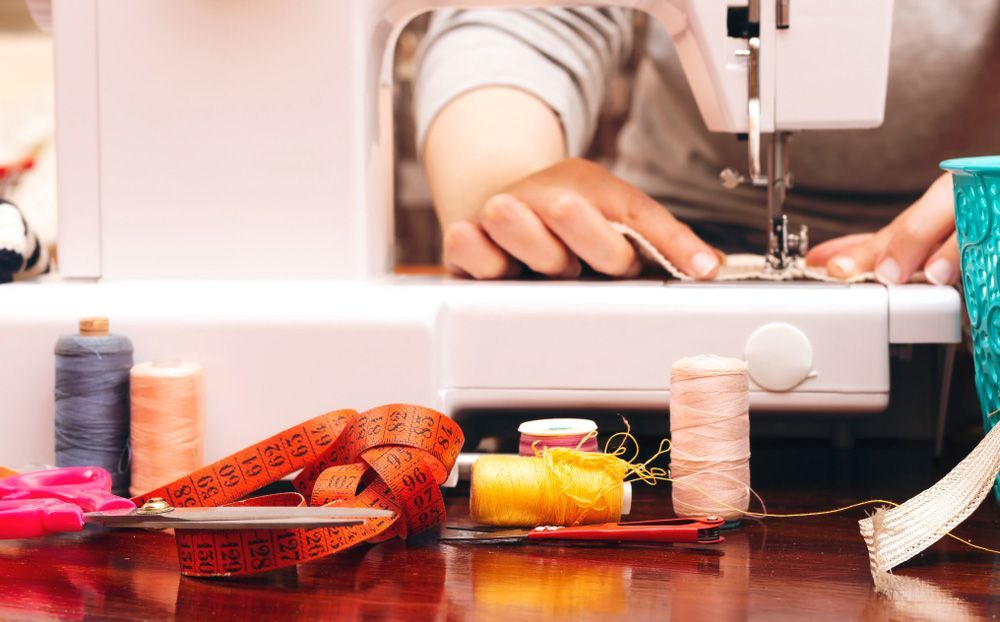
Are you looking for a new sewing machine? Maybe it’s your first or you need a basic model for the odd job. Find the best sewing machine to suit your abilities and needs in our guide!
Basic Mechanical Sewing Machine Features
- Good for beginners or the occasional user.
- Often lightweight and easily portable.
- Basic buttonholing. Either manual or 4-step self measure.
- Often have front load bobbin case (manually inserted).
- Limited stitch range, up to 20 functions but often less than 15.
- Limited versatility, often has pre-set stitch widths for most utility stitches. Limited extra feetavailable.
Advanced Mechanical Sewing Machine Features
- Recommended for those who like to make some of their own clothes or have a limited budget but require a solid, reliable machine.
- Often lightweight and portable.
- Good range of practical stitches with good stretch sewing options. Usually 15 plus stitches.
- Frequently have an advanced bobbin set-up, forgiving of small mistakes in set up.
- Full mechanical control over stitch variations.
- Can have different speed settings with either hi/lo switches or a knob on the machine.
- Usually has 1 step auto measuring buttonholes.
- Usually have pressure adjustments for presser foot.
- Often has a wider range of accessories or feet available.
- Easily serviced with more likelihood of long-term parts availability.
Electronic & Computerised Sewing Machine Features
- Recommended for serious sewers, patch workers and craft addicts.
- A little heavier than mechanical machines. Holds the table well.
- Have electronic motors and/or foot controls. More control and greater speed control sensitivity.
- Usually have excellent ranges of both practical and decorative stitches—at least 30 but up to 250.
- Reliable thread tension and bobbin set-up.
- Electronic controls offer accurate set-up and greater versatility.
- Often have a number of different buttonhole programs.
- High-end machines offer alphabets, with many including different fonts.
- Most have full pressure adjustments on presser foot.
- Usually supplied with a comprehensive range of feet.
- Will often have in-built suggested settings for each stitch.
- Some come with knee lift for pressure foot for quicker turns.
- Most feature one-touch needle up/down buttons and some form of automatic lock-off stitch.
- Some models have flat beds with good space to the right, ideal for patch workers and
quilters.
Embroidery Machine Features
- Recommended for those who want the whole package.
- Larger and heavier. Easily transported with a roller case.
- Fully electronic, usually top specification equipment and electronics.
- Excellent range of built-in stitches in most cases, with many having good in-built embroidery patterns as well.
- Multi buttonhole, darning and other automatic functions.
- Frequently have large touch screens for easy stitch selection and information.
- Usually have in-built instructions and troubleshooting guides.
- Updates frequently available with manufacturers often providing yearly improvements.
- Depending on model, embroidery might range from 100x100mm up to 360x240mm. However, this seems to increase every year.
- Usually have full range of feet for most functions.
- Most have auto-thread cutters. Needle up, down and pivot features. Many have knee lifters. Most have low bobbin sensors. All have thread break sensors.
- Some have side motion in normal stitching for oversized stitching.
- All have fully automatic thread tensions with the option of override if necessary for difficult fabrics.
- Many are now connectable to PCs for updates and download of different embroidery patterns.
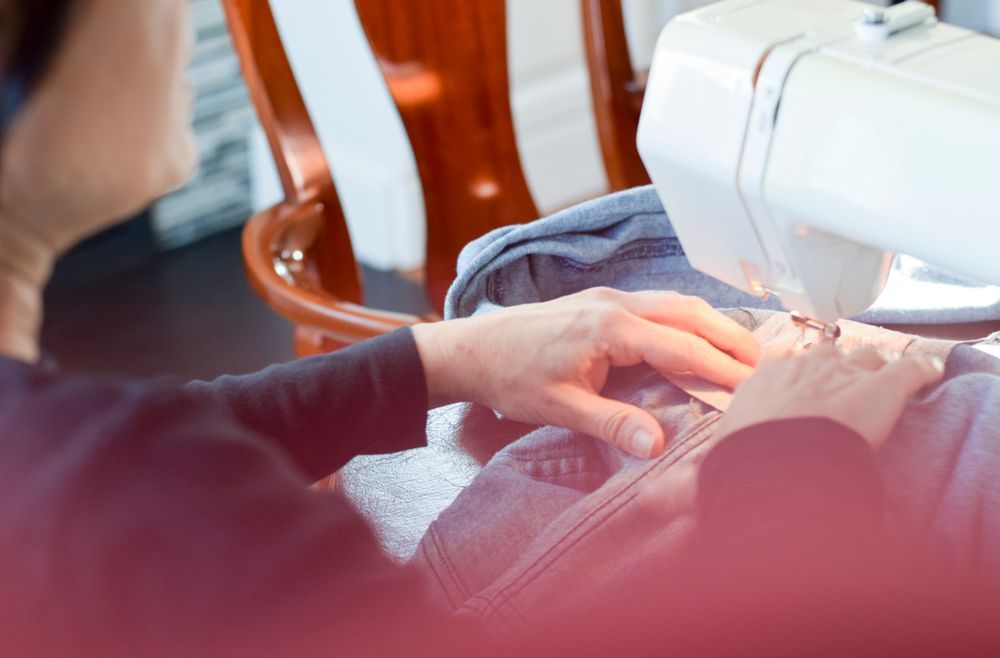
Overlockers make hemming a breeze. How do you know what one is right for you? Our guide will help you learn the basics. For a personalised recommendation, talk to our team at The Sewing Machine Doctor today. Standard Overlocker/Serger Usually 3 or 4 thread. Usually in a combination of 2 needles forming a mock safety […]
The post Overlockers & Cover Stitch Machines appeared first on The Sewing Machine Doctor.
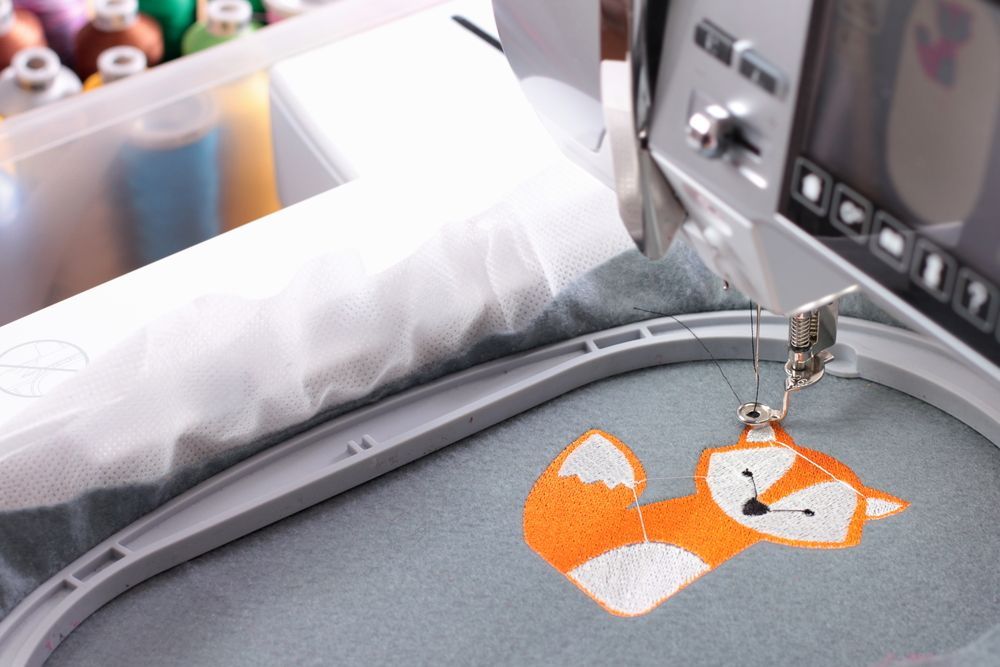
Types of needles: Universal needle Embroidery needle Metallic needle TopStitch needle Microtex needle Jeans needle Quilting needle Embroidery spring needle HemStitch needle Twin & triple needles Want more information? Download our PDF for more information about different types of sewing machine needles. Replace your needle. It’s the easiest way to improve your stitch quality. The […]
The post Sewing Machine Needles appeared first on The Sewing Machine Doctor.
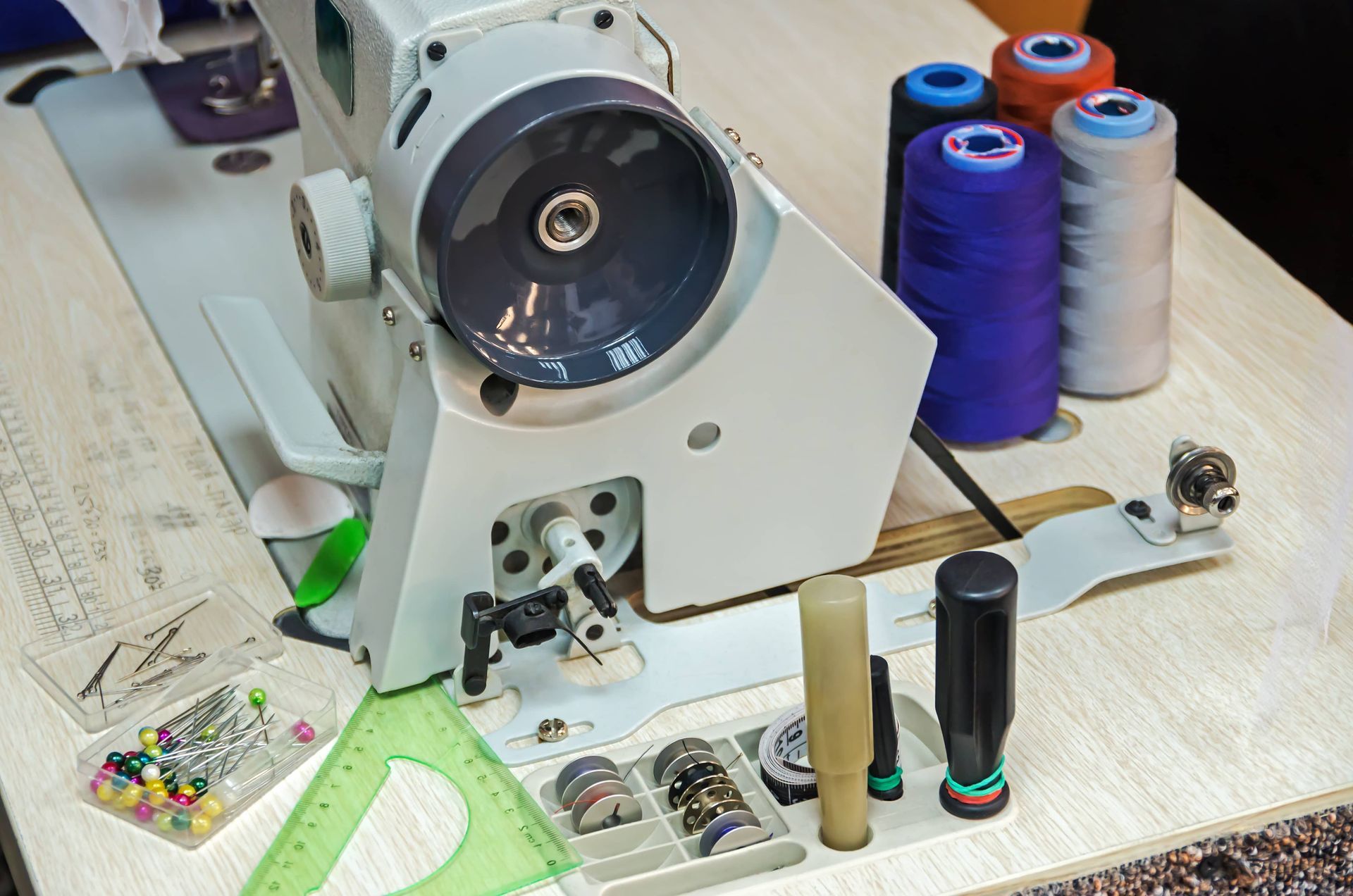
Many who own an embroidery machine may be unaware of some differences when your machine is doing embroidery but not normal sewing functions. More than you ever imagined… Domestic embroidery machines have been with us now for close to 20 years, but only within the last 5 years has the true potential of these machines […]
The post Why Your Embroidery Machine Needs Servicing appeared first on The Sewing Machine Doctor.
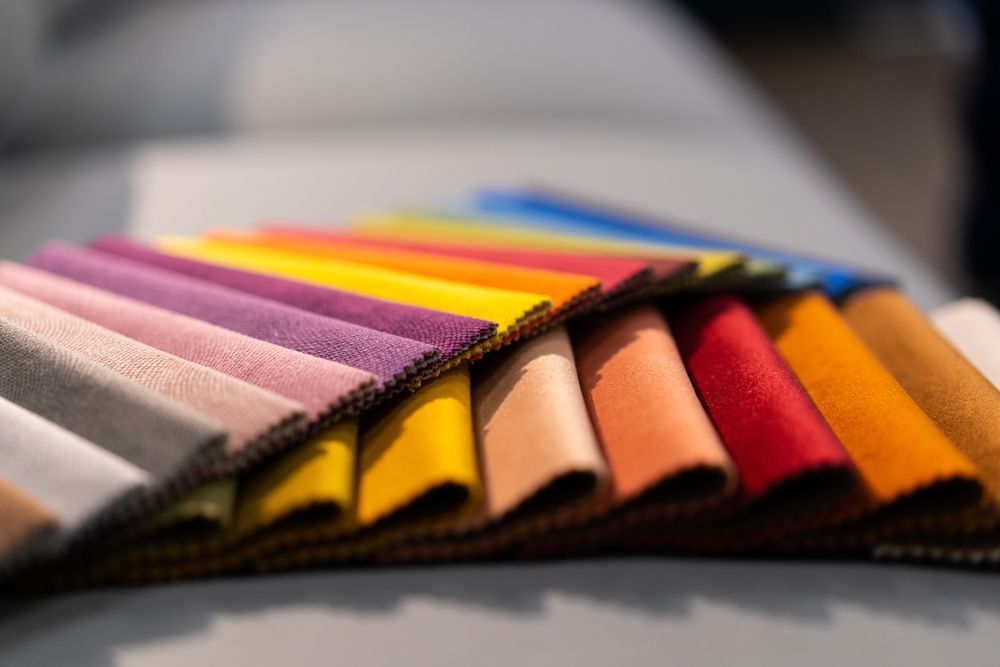
Don’t panic. Close your eyes. Breathe. Grab a cuppa. Sit down. Then, follow our checklist below. Is the machine threaded correctly? Is the foot up when you thread? Has the needle recently been replaced? Is the needle inserted correctly? Is it fully up in the clamp? Is the needle the correct one for the fabric? […]
The post What do I do if my sewing machine doesn’t work? appeared first on The Sewing Machine Doctor.
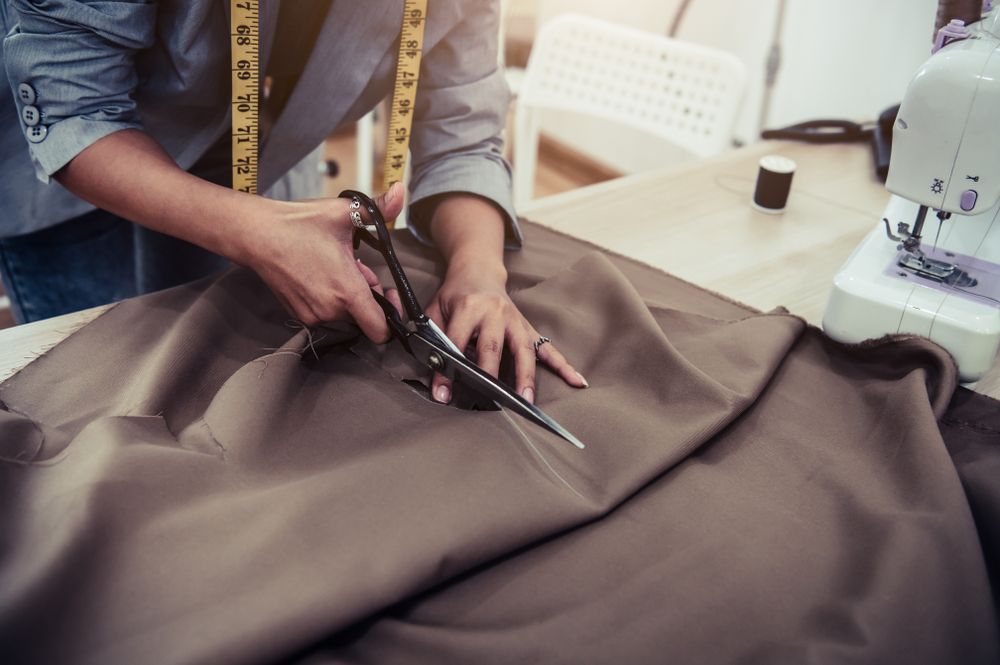
Always unplug your machine when away from it for extended periods of time. If you are unable to get to the wall plug, at least turn it off at the main machine switch. Lightning or power surges can cause damage to machines that are left on. Also, your sewing light, when left on, can generate […]
The post Sewing Machine Safety Tips appeared first on The Sewing Machine Doctor.
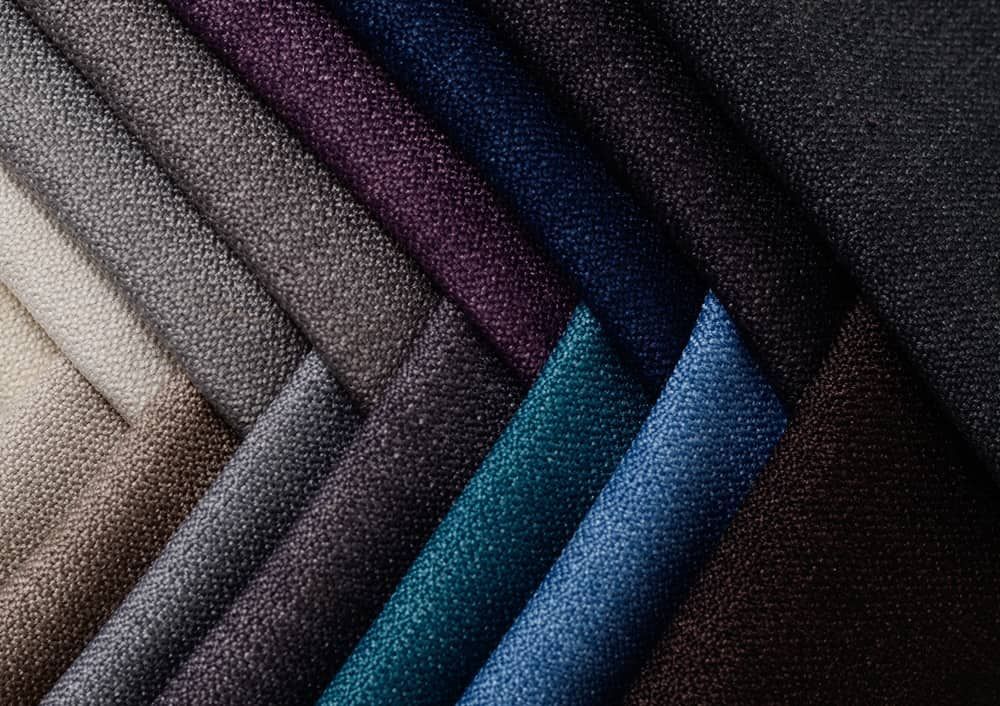
Like the doctor says, prevention is better than the cure. At The Sewing Machine Doctor, most of the sewing machine problems we encounter can be traced to poor general maintenance or neglect. But with some simple tools and just a few minutes daily, weekly or monthly—depending on how much you’re sewing—you can help keep your […]
The post Caring For Your Machine appeared first on The Sewing Machine Doctor.
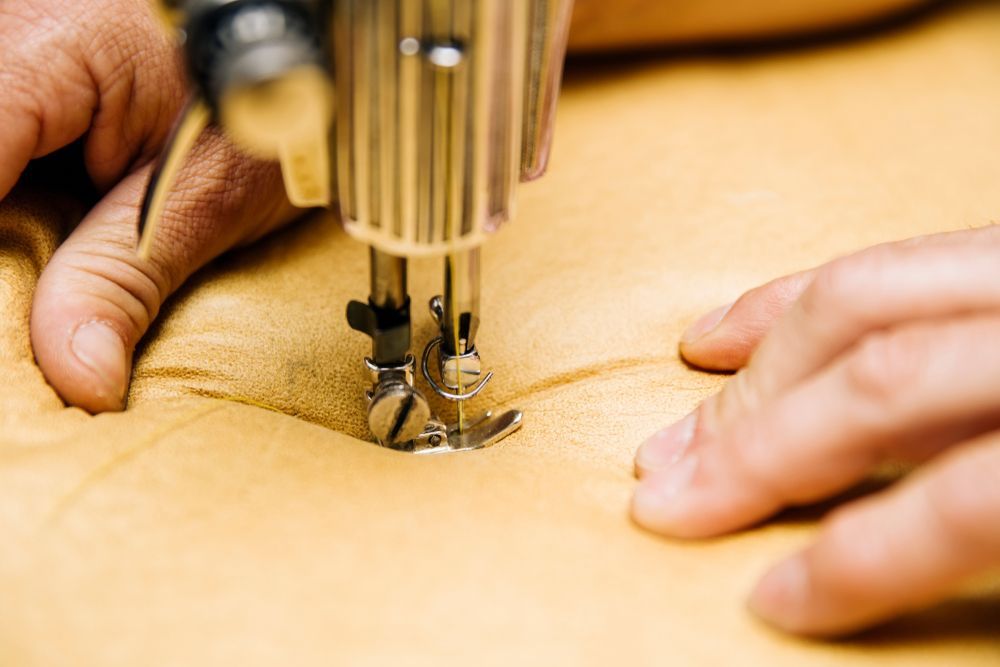
You’ve looked and looked, tried and tested and finally made the decision. Your brand new overlocker is ready to take pride of place in the sewing room, right next to the freshly cut out project it will take on tomorrow. Before throwing yourself enthusiastically into the delights your new friend promises, let’s look at some […]
The post Your Brand New Overlocker appeared first on The Sewing Machine Doctor.

It’s home and ready to go—your brand new sewing machine. You finally traded in the heirloom that had seen you right for so many years. Or maybe this is your first sewing machine. Before you get started, we would like to share a few things with you, so you can make the most of your […]
The post Your Brand New Sewing Machine appeared first on The Sewing Machine Doctor.
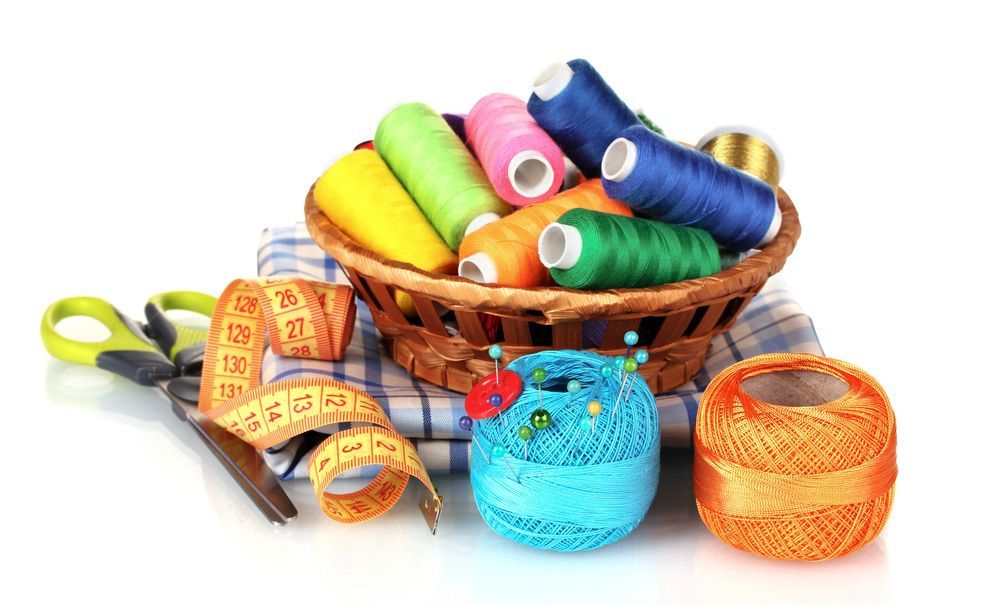
In this post, we’ll look at a few simple things you should do when you get a new machine. Your Instruction Book Your machine will come with an instruction manual, which, if it is one from the larger brands, will be quite comprehensive. Reading a manual might not be everyone’s priority, however, a few minutes […]
The post Getting Started With Your New Sewing Machine appeared first on The Sewing Machine Doctor.

